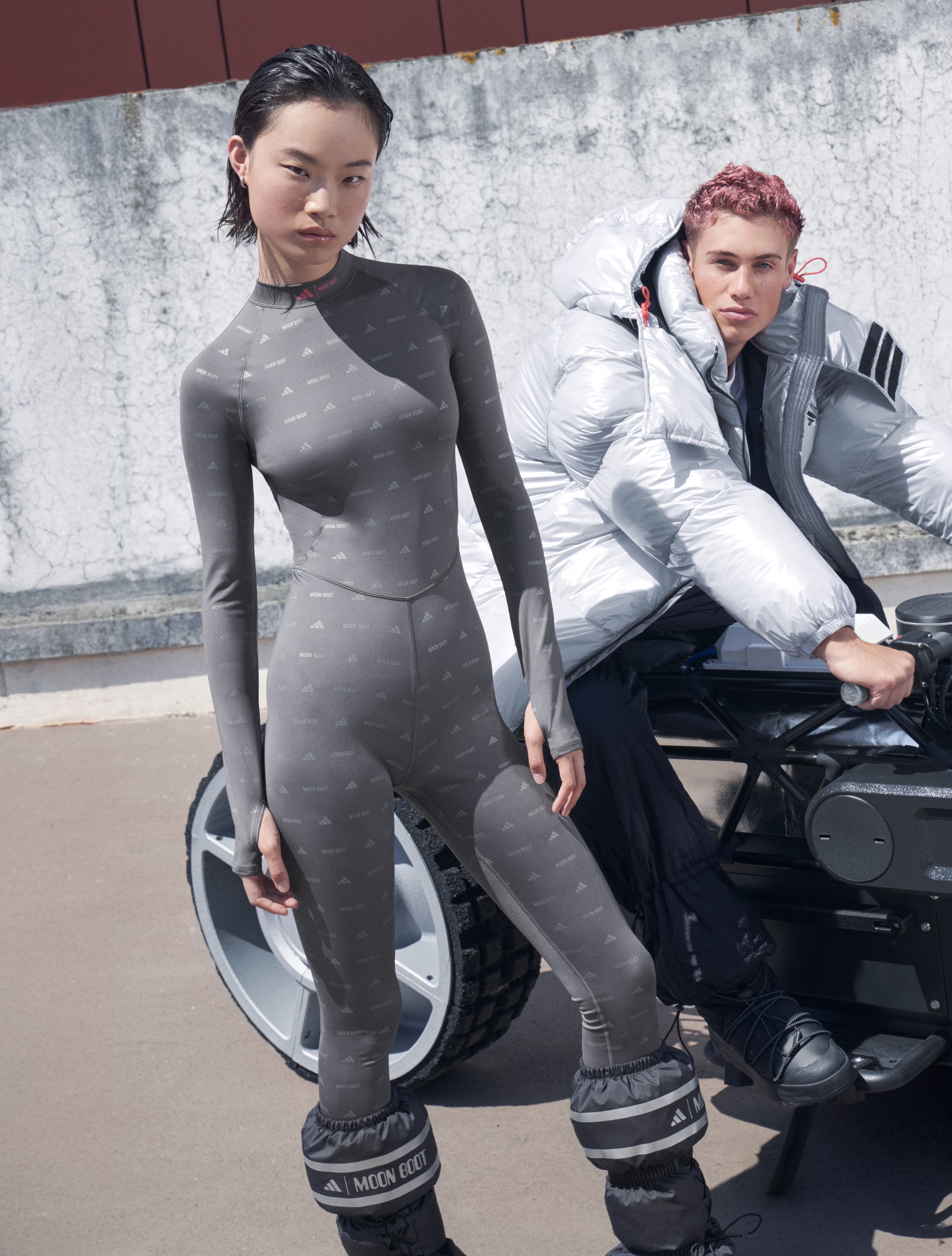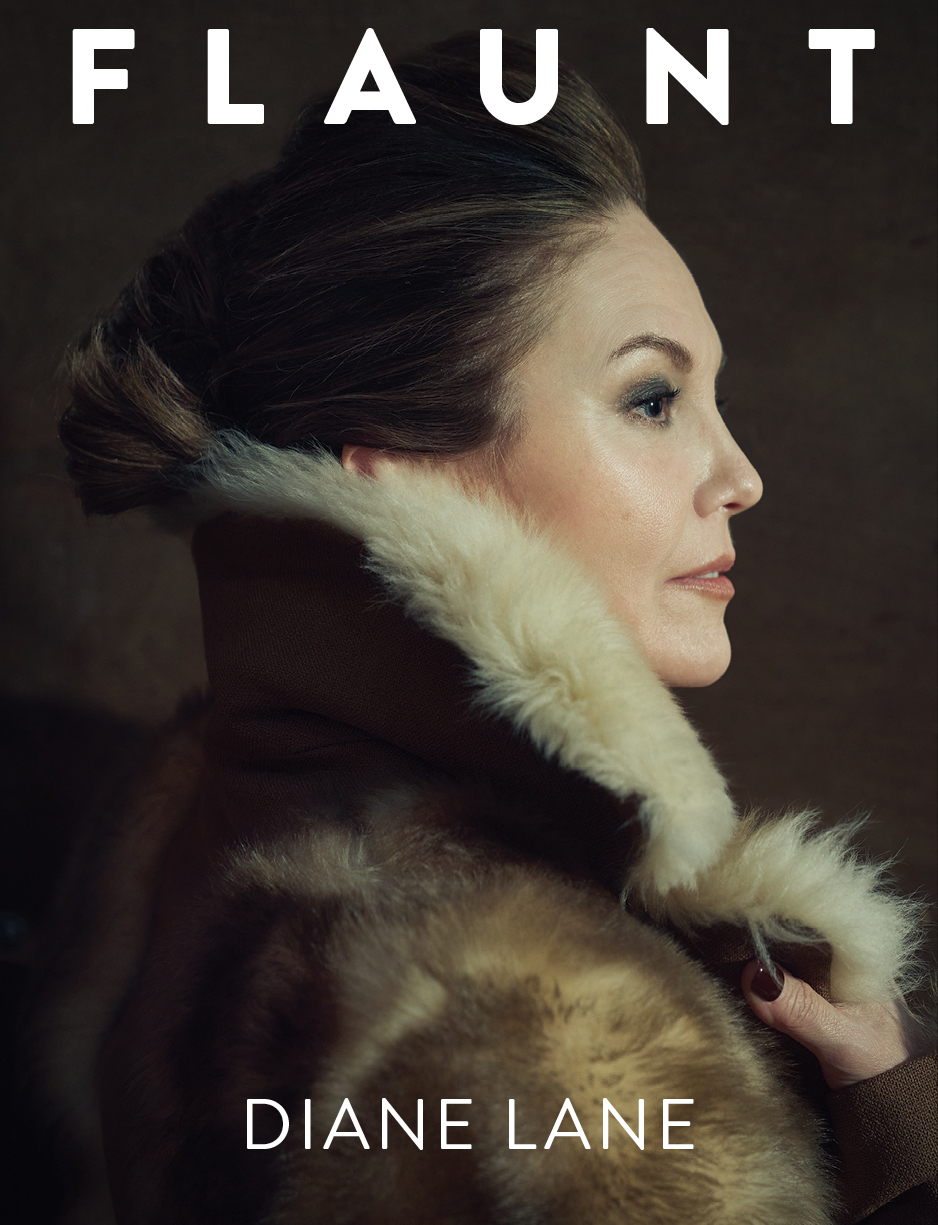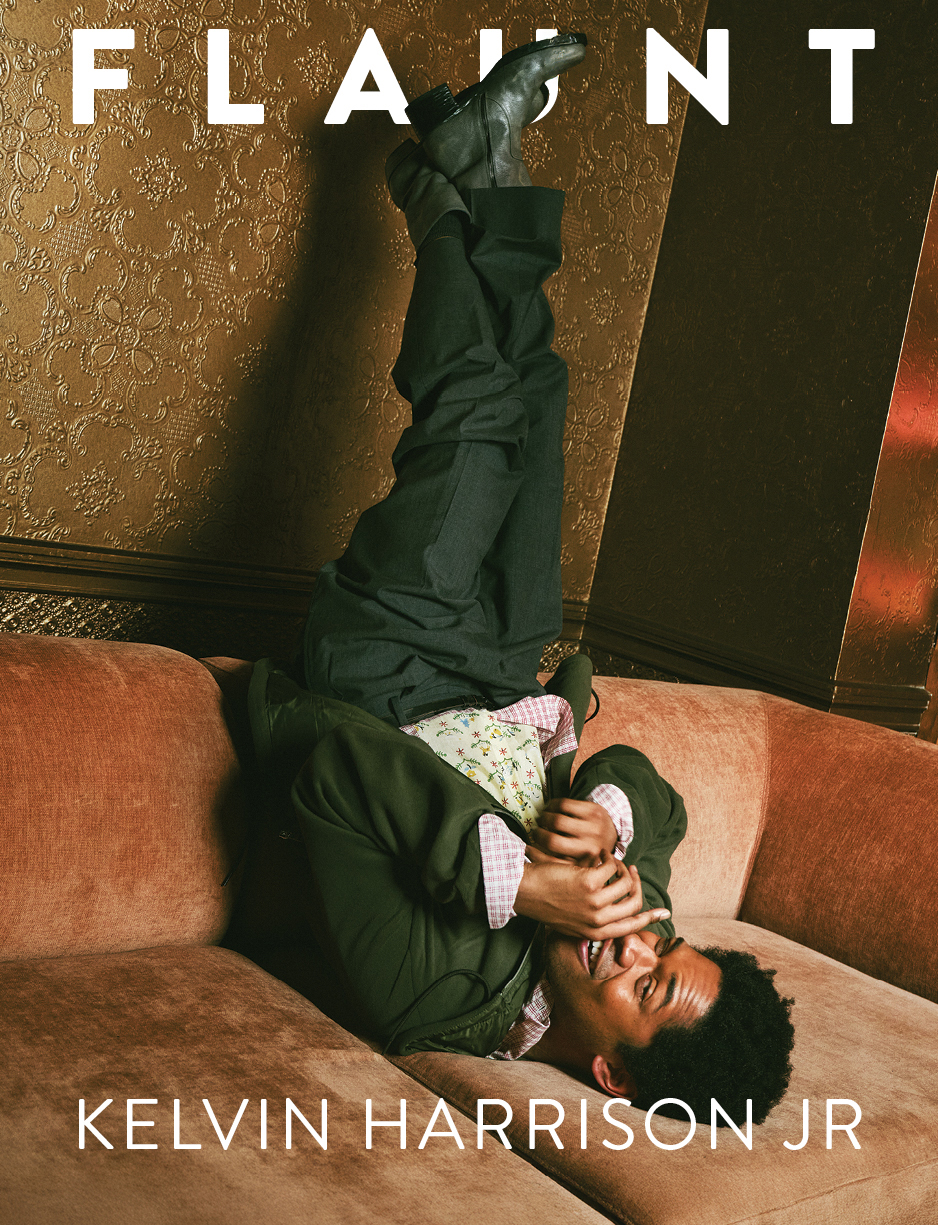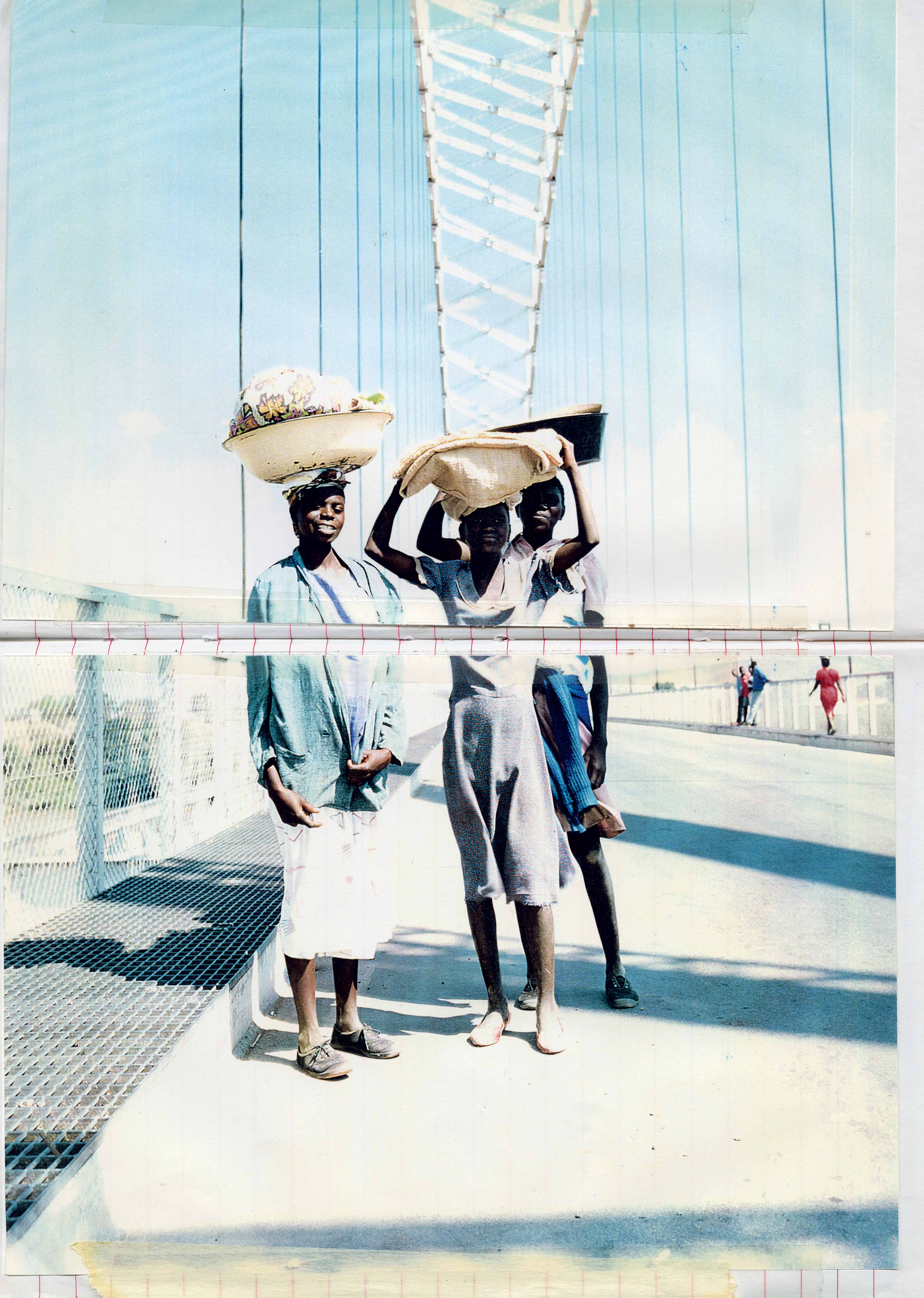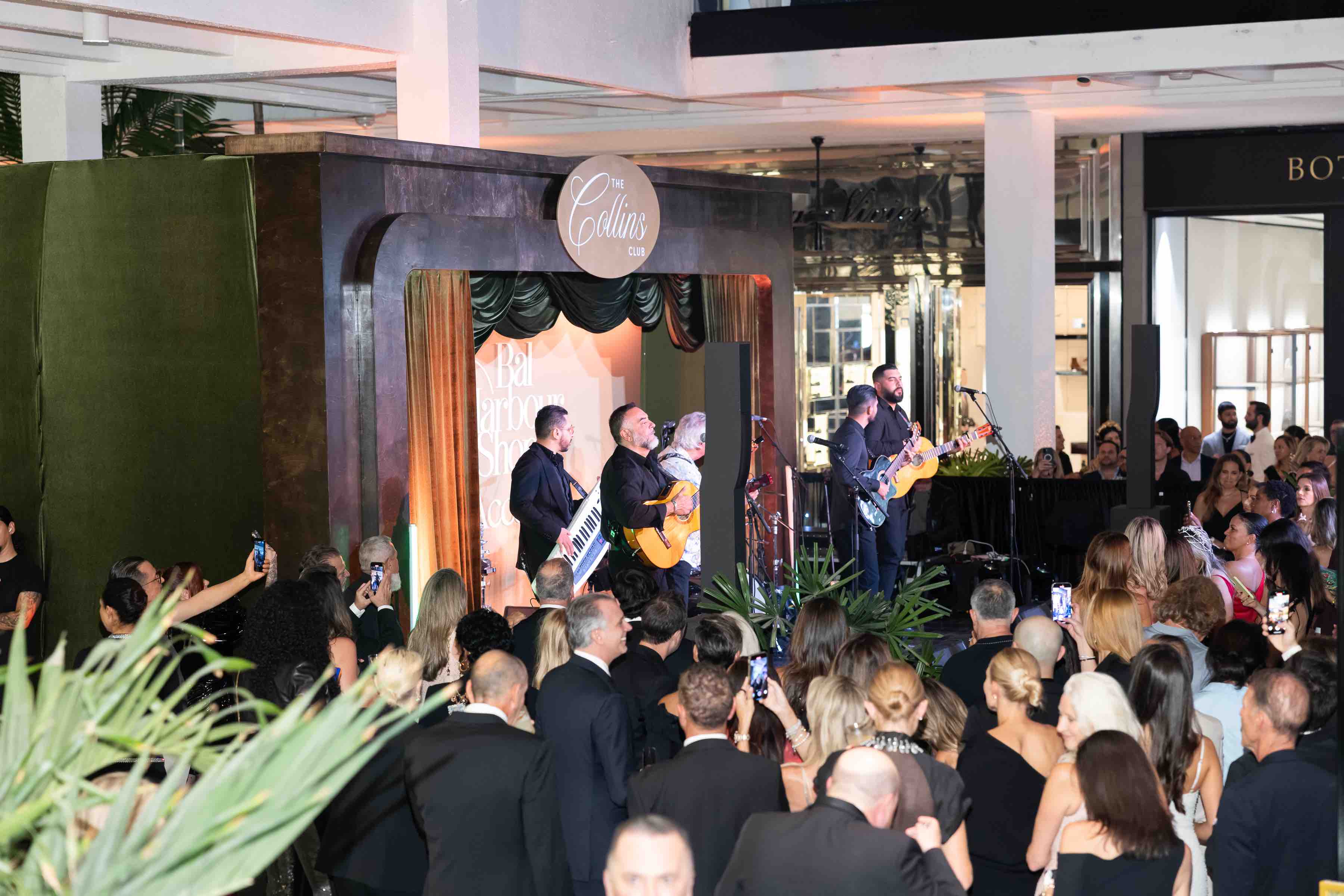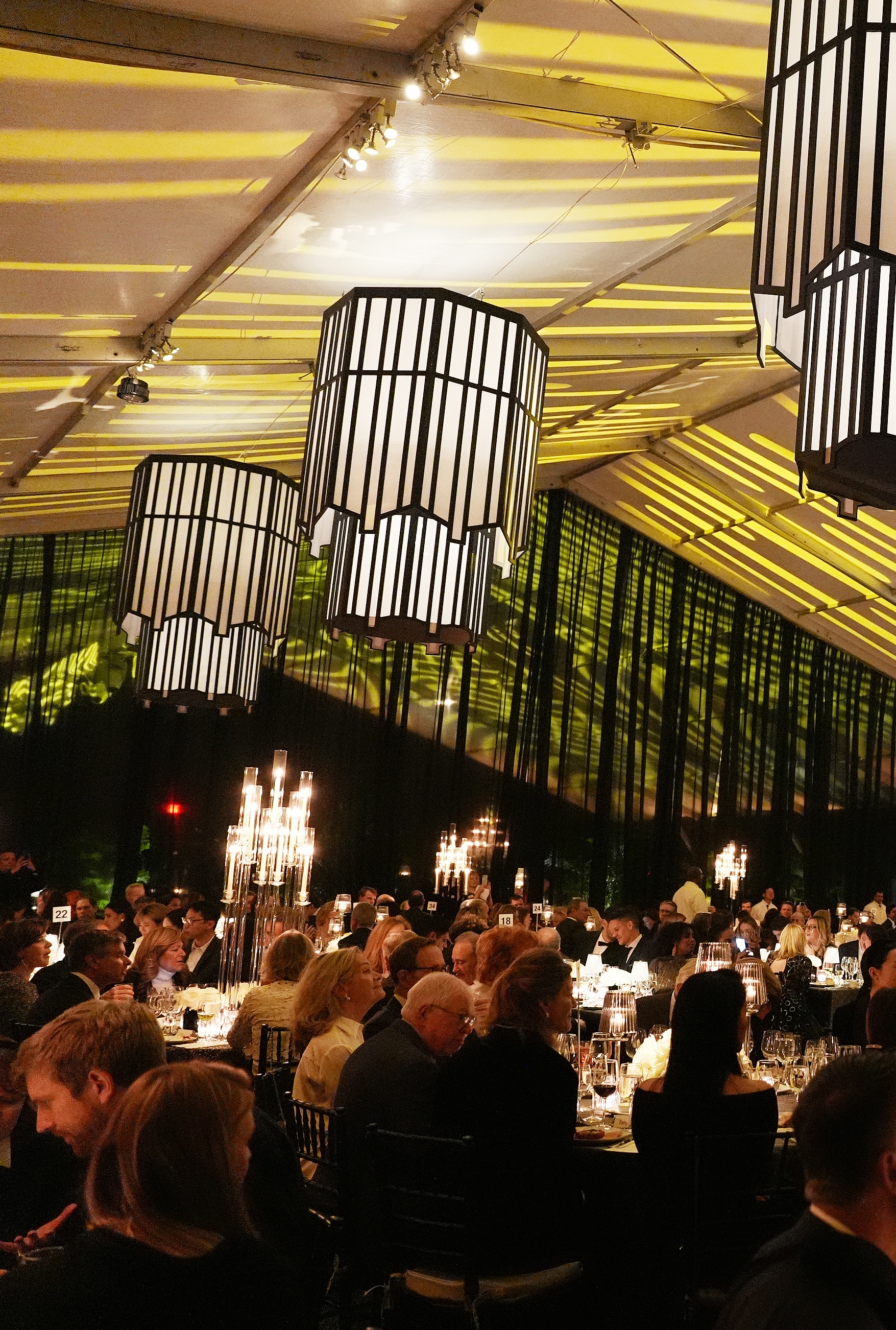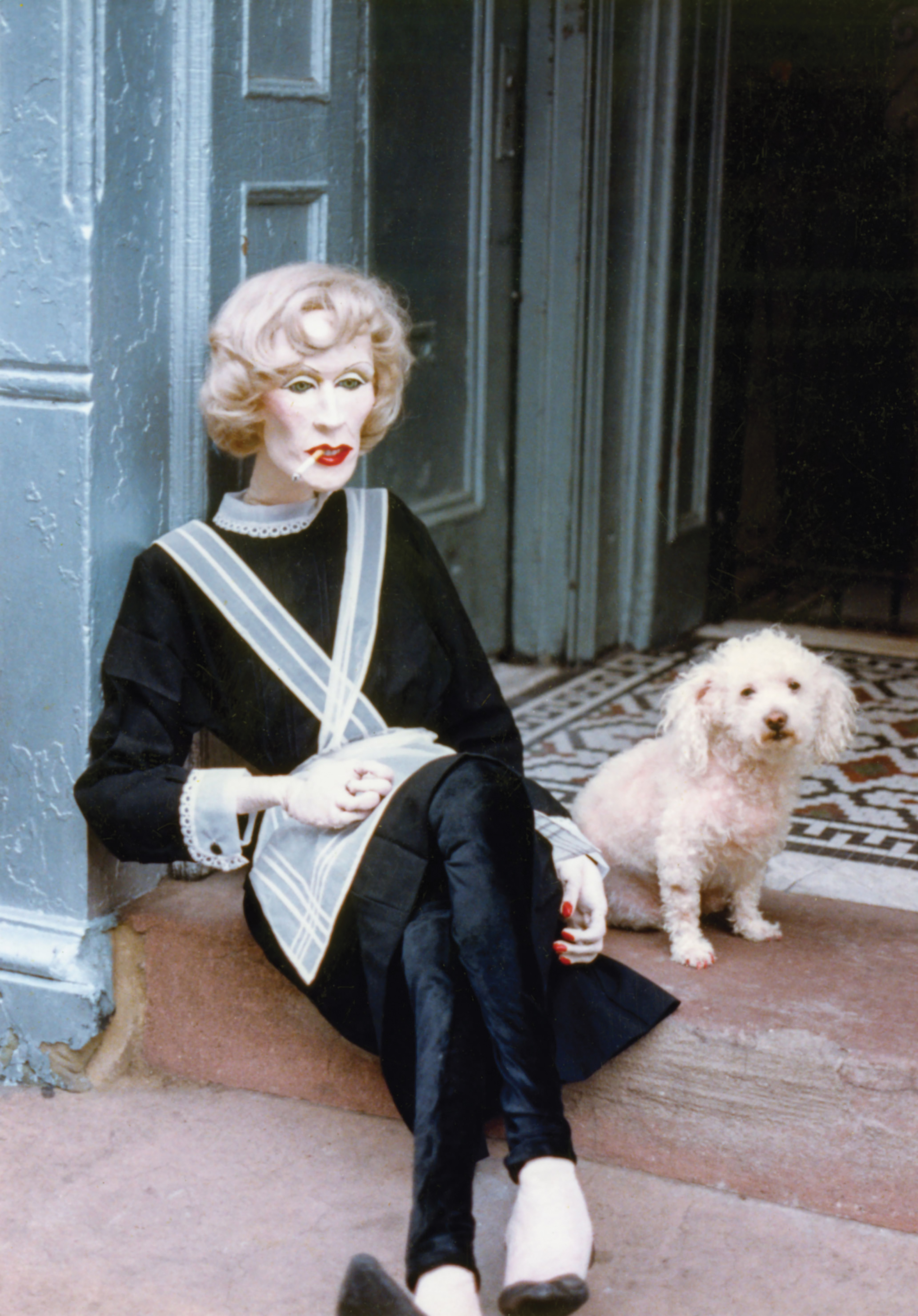

Illustrations by Michelle Garcia.
Boomers didn’t invent Jell-O, ok? Suspending crap in gelatin has been around forever—like, medieval forever—but gelatin was big in the ‘50s, and it’s having a moment now. Why? Because gelatin is all about escapism; inside that slimy membrane lies a frozen, incorruptible world free from decay and gravity; it’s the ‘great America’ that slightly less than half the U.S. electorate voted to return to. And for those of us who feed on hashtags like #ShowMeYourAspics and #jelloN00ds, this booty-clapping semi-solid is not solely a symbol of cloying domesticity, but a vessel of our consciousness: a squishy domicile of the mind—stick with me here...
Gelatin used to be classy. Back in medieval times it took a lot of work to make because you had to render a shit-wack of collagen rich animal parts (read: pig knuckles) to make it. This required a pretty big staff at your castle, with plenty of extra time, so gelatin and aspics (savory gelatin) are historically associated with the landed aristocracy. Fast forward to the late 18-somethings, and those twisted fucks over at the Industrial Revolution figured out a way to isolate all those sad animal parts into powder, and Jell-O’s born. Skip ahead to the ‘50s when pretty much everyone’s got a refrigerator (which you need to solidify gelatin), and Jell-O goes viral—it’s been a cornerstone of church cookouts, kiddie lunches, and sorority mixers ever since.
So who are the contemporary players making gelatin their own? Take one Lexie Park, the food artist behind @[EatNunchi](http://instagram.com/EatNunchi), who debuted her edible wares at the new Los Angeles gallery Murmurs this summer. Park eschews the traditional hoof-based gelatin in favor of agar-agar, a gelatin alternative derived from seaweed, not sadness. “The mold sets much faster than Jell-O, so you really need to work quickly,” says Lexie of agar-agar. “There’s a snap to agar-agar, as opposed to Jell-O, which has a much more melting, liquid texture.” Lexie’s recent work has revolved around wearable food pouches—heat-sealed plastic bags with scalloped edges filled with edible glitter, mochi suspensions, and delicious, slightly viscous home-made jellies, like electric-blue pear, and a semi-opaque banana milk. You (reluctantly) tear open the gorgeous juice bag that hangs around your neck, and suck down it’s squishy bounty. Some of her creations are laced with boozy soju concoctions, the modern art equivalent of a ‘nutcracker.’ It’s pretty much a Capri Sun made by Martin Margiela.
We adore gelatin not solely for its humanoid jiggle, but for its ability to suspend. 2019’s been throwing a lot at us, and with the ceaseless barrage of emails, news alerts and push notifications, it’s increasingly difficult to hold onto our ideas and feelings. We appreciate gelatin for what might be called its ‘emotional intelligence,’ its sagacious ability to hold onto objects, and by extension, the feelings we tie to them. Take a floral composition suspended in gelatin by artist, Sharona Franklin (@ paid.technologies). By committing a flower within a gelatin form, we’re able to access its beauty in a whole new light. Of course, the same can be said of Baby Boomer / cardboard art cut-out, Jeff Koons, and his work “One Ball Total Equilibrium Tank” i.e. the basketball suspended in water, or “New Hoover Convertibles,” the vacuum cleaner placed within a clear lucite light box. Koons’ Wall Street-era materialism strikes today’s viewer as old hat, while an entire Dutch genre painting set in gelatin seems strikingly ‘now.’ Gelatin was once the centerpiece of domestic life in the United States, a totem of futuristic home economics, and national prosperity—today we like it because it slows everything down.
Gelatin begs bigger questions about how we define space and the world around us. If we’re staring into a little Jell-O world on our kitchen table or Instagram, where does one world end and the other begin? The interior world of gelatin becomes a dollhouse, a maquette version of our own, and through its colorful structure, maybe life becomes a bit easier to understand. Boomer or doomer, we’re all governed by time, and a plate of colorful Jell-O at a potluck seems to defy it. Peering at it through the light, the burden of self awareness and planetary debt disappears, and we are universally united in big ideas, bold colors, and empty calories.
 
Illustrations by Michelle Garcia.
Boomers didn’t invent Jell-O, ok? Suspending crap in gelatin has been around forever—like, medieval forever—but gelatin was big in the ‘50s, and it’s having a moment now. Why? Because gelatin is all about escapism; inside that slimy membrane lies a frozen, incorruptible world free from decay and gravity; it’s the ‘great America’ that slightly less than half the U.S. electorate voted to return to. And for those of us who feed on hashtags like #ShowMeYourAspics and #jelloN00ds, this booty-clapping semi-solid is not solely a symbol of cloying domesticity, but a vessel of our consciousness: a squishy domicile of the mind—stick with me here...
Gelatin used to be classy. Back in medieval times it took a lot of work to make because you had to render a shit-wack of collagen rich animal parts (read: pig knuckles) to make it. This required a pretty big staff at your castle, with plenty of extra time, so gelatin and aspics (savory gelatin) are historically associated with the landed aristocracy. Fast forward to the late 18-somethings, and those twisted fucks over at the Industrial Revolution figured out a way to isolate all those sad animal parts into powder, and Jell-O’s born. Skip ahead to the ‘50s when pretty much everyone’s got a refrigerator (which you need to solidify gelatin), and Jell-O goes viral—it’s been a cornerstone of church cookouts, kiddie lunches, and sorority mixers ever since.
So who are the contemporary players making gelatin their own? Take one Lexie Park, the food artist behind @[EatNunchi](http://instagram.com/EatNunchi), who debuted her edible wares at the new Los Angeles gallery Murmurs this summer. Park eschews the traditional hoof-based gelatin in favor of agar-agar, a gelatin alternative derived from seaweed, not sadness. “The mold sets much faster than Jell-O, so you really need to work quickly,” says Lexie of agar-agar. “There’s a snap to agar-agar, as opposed to Jell-O, which has a much more melting, liquid texture.” Lexie’s recent work has revolved around wearable food pouches—heat-sealed plastic bags with scalloped edges filled with edible glitter, mochi suspensions, and delicious, slightly viscous home-made jellies, like electric-blue pear, and a semi-opaque banana milk. You (reluctantly) tear open the gorgeous juice bag that hangs around your neck, and suck down it’s squishy bounty. Some of her creations are laced with boozy soju concoctions, the modern art equivalent of a ‘nutcracker.’ It’s pretty much a Capri Sun made by Martin Margiela.
We adore gelatin not solely for its humanoid jiggle, but for its ability to suspend. 2019’s been throwing a lot at us, and with the ceaseless barrage of emails, news alerts and push notifications, it’s increasingly difficult to hold onto our ideas and feelings. We appreciate gelatin for what might be called its ‘emotional intelligence,’ its sagacious ability to hold onto objects, and by extension, the feelings we tie to them. Take a floral composition suspended in gelatin by artist, Sharona Franklin (@ paid.technologies). By committing a flower within a gelatin form, we’re able to access its beauty in a whole new light. Of course, the same can be said of Baby Boomer / cardboard art cut-out, Jeff Koons, and his work “One Ball Total Equilibrium Tank” i.e. the basketball suspended in water, or “New Hoover Convertibles,” the vacuum cleaner placed within a clear lucite light box. Koons’ Wall Street-era materialism strikes today’s viewer as old hat, while an entire Dutch genre painting set in gelatin seems strikingly ‘now.’ Gelatin was once the centerpiece of domestic life in the United States, a totem of futuristic home economics, and national prosperity—today we like it because it slows everything down.
Gelatin begs bigger questions about how we define space and the world around us. If we’re staring into a little Jell-O world on our kitchen table or Instagram, where does one world end and the other begin? The interior world of gelatin becomes a dollhouse, a maquette version of our own, and through its colorful structure, maybe life becomes a bit easier to understand. Boomer or doomer, we’re all governed by time, and a plate of colorful Jell-O at a potluck seems to defy it. Peering at it through the light, the burden of self awareness and planetary debt disappears, and we are universally united in big ideas, bold colors, and empty calories.

Illustrations by Michelle Garcia.
Boomers didn’t invent Jell-O, ok? Suspending crap in gelatin has been around forever—like, medieval forever—but gelatin was big in the ‘50s, and it’s having a moment now. Why? Because gelatin is all about escapism; inside that slimy membrane lies a frozen, incorruptible world free from decay and gravity; it’s the ‘great America’ that slightly less than half the U.S. electorate voted to return to. And for those of us who feed on hashtags like #ShowMeYourAspics and #jelloN00ds, this booty-clapping semi-solid is not solely a symbol of cloying domesticity, but a vessel of our consciousness: a squishy domicile of the mind—stick with me here...
Gelatin used to be classy. Back in medieval times it took a lot of work to make because you had to render a shit-wack of collagen rich animal parts (read: pig knuckles) to make it. This required a pretty big staff at your castle, with plenty of extra time, so gelatin and aspics (savory gelatin) are historically associated with the landed aristocracy. Fast forward to the late 18-somethings, and those twisted fucks over at the Industrial Revolution figured out a way to isolate all those sad animal parts into powder, and Jell-O’s born. Skip ahead to the ‘50s when pretty much everyone’s got a refrigerator (which you need to solidify gelatin), and Jell-O goes viral—it’s been a cornerstone of church cookouts, kiddie lunches, and sorority mixers ever since.
So who are the contemporary players making gelatin their own? Take one Lexie Park, the food artist behind @[EatNunchi](http://instagram.com/EatNunchi), who debuted her edible wares at the new Los Angeles gallery Murmurs this summer. Park eschews the traditional hoof-based gelatin in favor of agar-agar, a gelatin alternative derived from seaweed, not sadness. “The mold sets much faster than Jell-O, so you really need to work quickly,” says Lexie of agar-agar. “There’s a snap to agar-agar, as opposed to Jell-O, which has a much more melting, liquid texture.” Lexie’s recent work has revolved around wearable food pouches—heat-sealed plastic bags with scalloped edges filled with edible glitter, mochi suspensions, and delicious, slightly viscous home-made jellies, like electric-blue pear, and a semi-opaque banana milk. You (reluctantly) tear open the gorgeous juice bag that hangs around your neck, and suck down it’s squishy bounty. Some of her creations are laced with boozy soju concoctions, the modern art equivalent of a ‘nutcracker.’ It’s pretty much a Capri Sun made by Martin Margiela.
We adore gelatin not solely for its humanoid jiggle, but for its ability to suspend. 2019’s been throwing a lot at us, and with the ceaseless barrage of emails, news alerts and push notifications, it’s increasingly difficult to hold onto our ideas and feelings. We appreciate gelatin for what might be called its ‘emotional intelligence,’ its sagacious ability to hold onto objects, and by extension, the feelings we tie to them. Take a floral composition suspended in gelatin by artist, Sharona Franklin (@ paid.technologies). By committing a flower within a gelatin form, we’re able to access its beauty in a whole new light. Of course, the same can be said of Baby Boomer / cardboard art cut-out, Jeff Koons, and his work “One Ball Total Equilibrium Tank” i.e. the basketball suspended in water, or “New Hoover Convertibles,” the vacuum cleaner placed within a clear lucite light box. Koons’ Wall Street-era materialism strikes today’s viewer as old hat, while an entire Dutch genre painting set in gelatin seems strikingly ‘now.’ Gelatin was once the centerpiece of domestic life in the United States, a totem of futuristic home economics, and national prosperity—today we like it because it slows everything down.
Gelatin begs bigger questions about how we define space and the world around us. If we’re staring into a little Jell-O world on our kitchen table or Instagram, where does one world end and the other begin? The interior world of gelatin becomes a dollhouse, a maquette version of our own, and through its colorful structure, maybe life becomes a bit easier to understand. Boomer or doomer, we’re all governed by time, and a plate of colorful Jell-O at a potluck seems to defy it. Peering at it through the light, the burden of self awareness and planetary debt disappears, and we are universally united in big ideas, bold colors, and empty calories.


